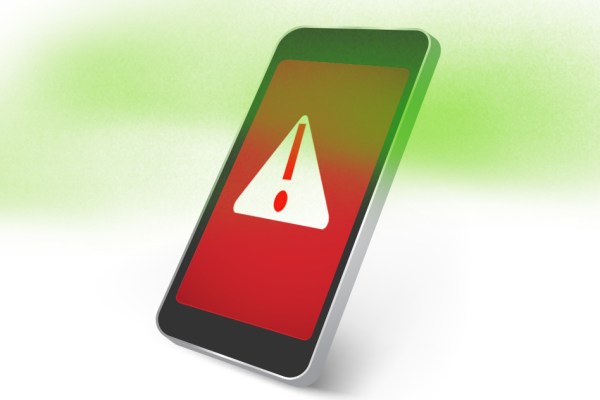A team of four MIT researchers has developed a new wearable sensor that can detect toxic gases and talk to smartphones or other wireless devices to warn users when they are in danger.
Using these sensors, the researchers hope to design badges that weigh less than a credit card and can be easily worn by military personnel on the battlefield.
“Soldiers carry a lot of equipment already, and a lot of communication devices,” said Timothy Swager, Professor of Chemistry at MIT and lead author on a paper describing the sensors that was published in the Journal of the American Chemical Society. The paper’s co-authors are post-doc student Shinsuke Ishihara and PhD students Joseph Azzarelli and Markrete Krikorian.
“Soldiers have no wearable sensors to detect toxic gases. They use a variety of detectors, but they’re not the kind of thing you can carry around. Our sensors weigh less than a piece of paper,” Swager said.
In layman’s terms, the system works as follows. The sensor is a circuit loaded with carbon nanotubes. Carbon nanotubes are cylindrical molecules that look like little wires.
“Let’s think about the wires we’re familiar with, such as electric wires,” Swager explained. “They’re wrapped in plastic.” As a result, the actual wire is insulated from the external environment and users are safe. In the carbon nanotubes case, insulation is not achieved thanks to a plastic case. “We wrapped the nanotubes with a polymer,” Swager explained.
When exposed to toxic gases, such as Sarin gas, the polymer breaks apart and the insulation disappears. Consequently, the nanotubes touch each other and become conductive. When this happens, a signal is sent to the smartphone.
To detect the signal, the smartphone or the wireless device must be equipped with near-field communication (NFC) technology, which allows the devices to transmit data over short distances without the need for internet connection.
The sensor’s response is irreversible, meaning that users can see they’ve been exposed to a certain amount of toxic gas even though the gas is not detected anymore in the air.
“There are sensors that give reversible response, so things go up and if you take away the signal they go back again. But this one is different: The response is irreversible, so you can get the total dosage,” Swager said.
The toxic-gas detector — composed of the wearable badge and the communication device — may also have civilian applications in refineries, where workers might be exposed to toxic chemicals.
According to Swager, the technology to develop the product has already been licensed by C2Sense, a company based in Cambridge, Mass. Swager said the company is working on commercializing the product: “I think it would be at least a year.”
